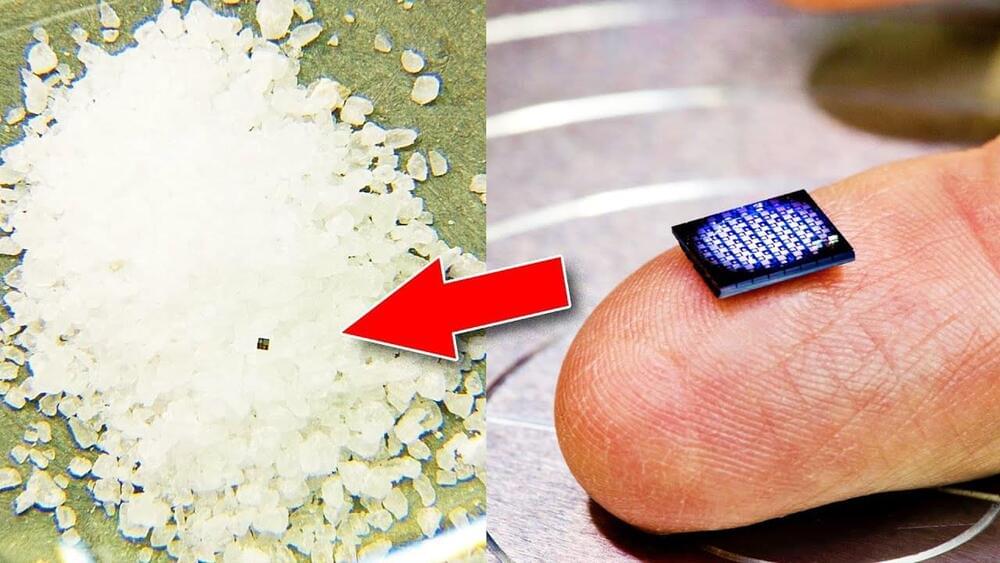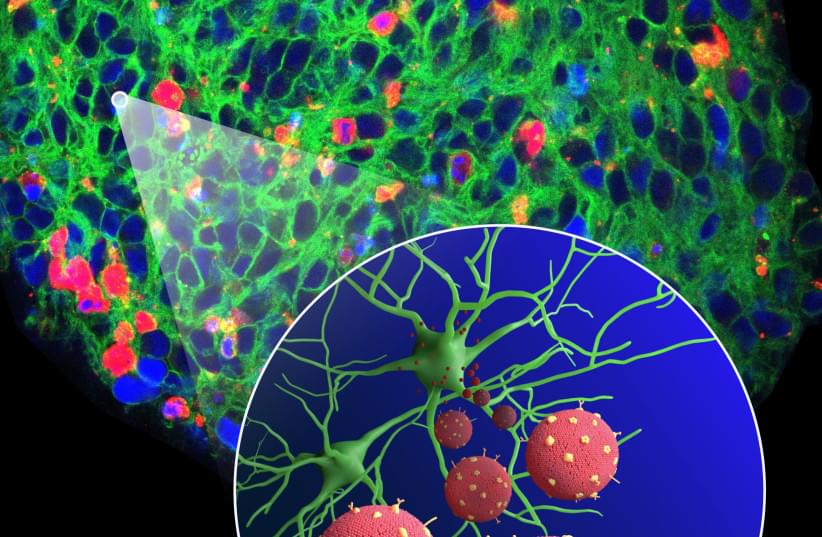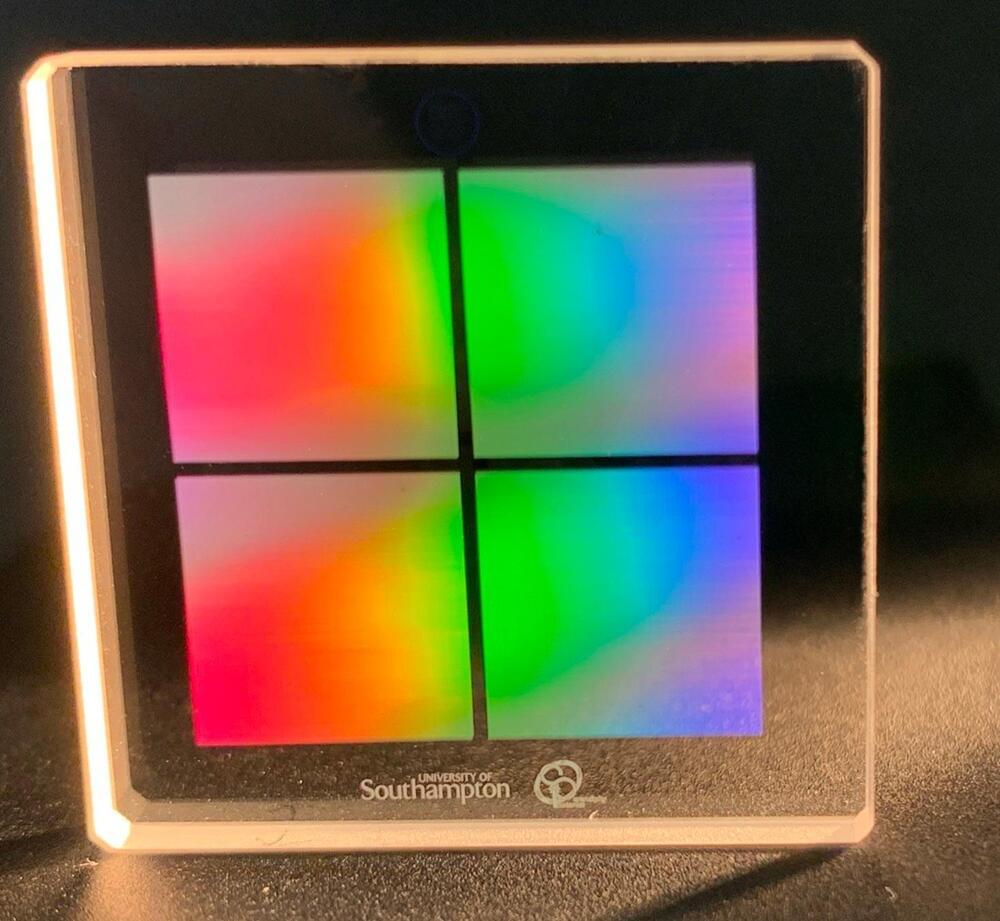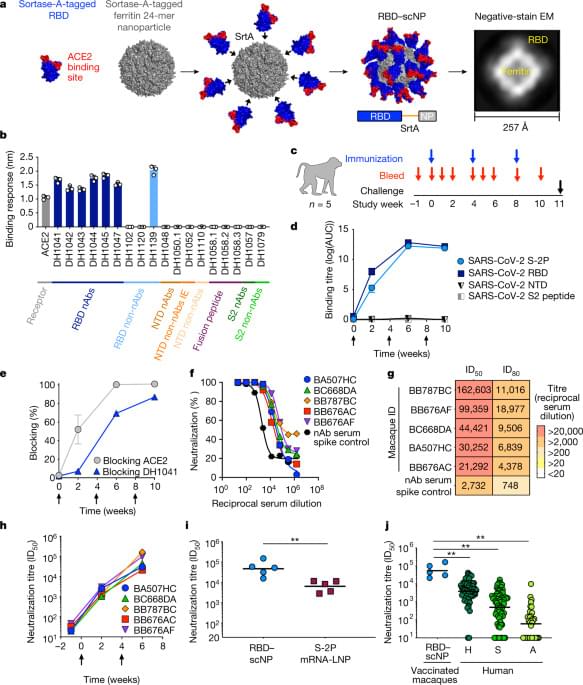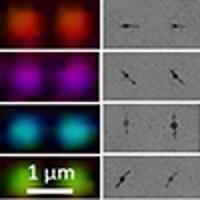Nov 4, 2021
These are the First Real Nanobots Entering your Body
Posted by Dan Breeden in categories: biotech/medical, nanotechnology, robotics/AI, virtual reality
The Rise of actually real and useful Nanobots making use of the rapidly advancing miniaturization of robotics and microchips through companies such as TSMC, Intel and Samsung. These nanobots are soon going to enable things such as full dive virtual reality, healing diseases such as cancer and potentially even increasing the longevity up to 200 years. These tiny computer/robots will enter our bloodstream and cross the blood brain barrier to read and write similar to how Brain Computer Interfaces such as Neuralink currently work. The future of technology is looking really exciting.
If you enjoyed this video, please consider rating this video and subscribing to our channel for more frequent uploads. Thank you! smile
–
TIMESTAMPS:
00:00 Have we reached the Nanobot-Era?
02:51 The Applications of Nanobots.
04:26 All the types of BCI’s.
06:44 So, when will there be Nanobots?
09:13 Last Words.
–
#nanobots #ai #nanotechnology
